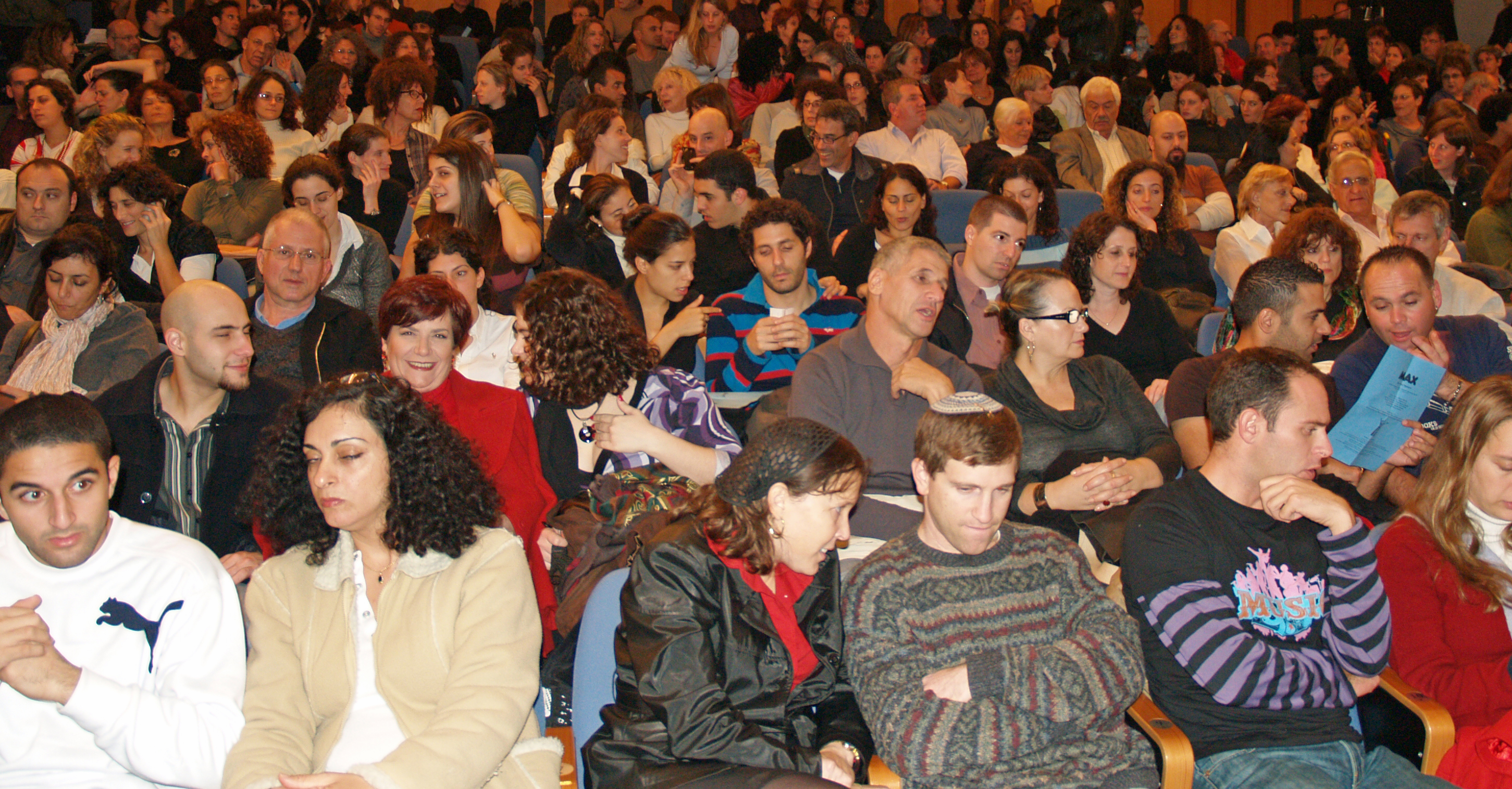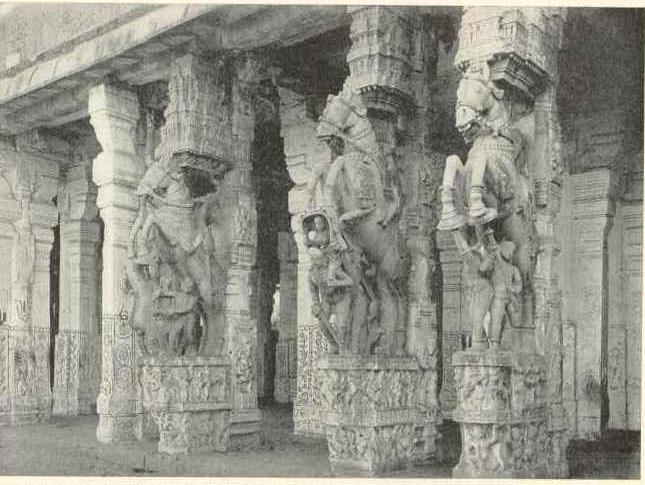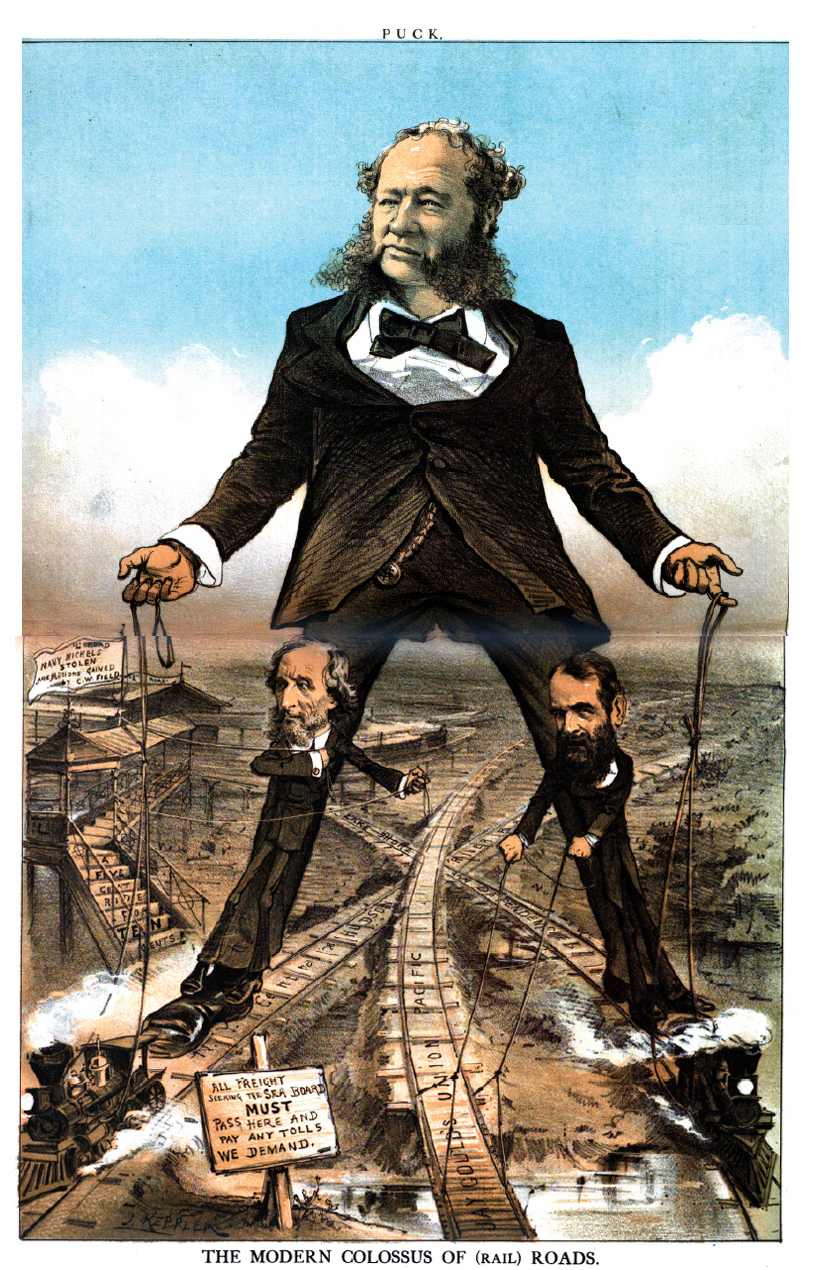|
Roland Crappé
Roland Crappé or Roelant Crappé (; 13 March 1644) was a Dutch colonial official serving the Dutch and Danish East India Company. He became director general of the Ceylonese department of the Danish East India Company in 1618 and became commander in chief and governor of Tranquebar upon his seventh arrival in the Indies in 1624. During his leadership, new factories and offices were established and Danish trade went exceptionally well. He died in 1644 only a few years after his homecoming to Denmark. Early life According to Icelandic Jón Ólafsson, Roland Crappé was born into a poor Dutch family. He would early on go to sea where he acquired his first literacy. He would also make five voyages to India in Dutch service: first as a ship's boy, then as a merchant. Early career In March 1616 the Danish East India Company was founded and at approximately the same time Crappé came to Denmark. An expedition was meanwhile prepared to set sail for Ceylon to establish a Danish ... [...More Info...] [...Related Items...] OR: [Wikipedia] [Google] [Baidu] |
Christian IV
Christian IV (12 April 1577 – 28 February 1648) was King of Denmark and Norway and Duke of Holstein and Schleswig from 1588 until his death in 1648. His reign of 59 years and 330 days is the longest in Scandinavian history. A member of the House of Oldenburg, Christian began his personal rule of Denmark-Norway in 1596 at the age of 19. He is remembered as one of the most popular, ambitious, and proactive Danish-Norwegian kings, having initiated many reforms and projects. Christian IV obtained for his kingdoms a level of stability and wealth that was virtually unmatched elsewhere in Europe. He engaged Denmark-Norway in numerous wars, most notably the Thirty Years' War (1618–1648), which devastated much of Germany, undermined the Danish economy, and cost Denmark-Norway some of its conquered territories. He rebuilt and renamed the Norwegian capital Oslo as ''Christiania'' after himself, a name used until 1925. Early years Birth and family Christian was born at Frederik ... [...More Info...] [...Related Items...] OR: [Wikipedia] [Google] [Baidu] |
Jón Ólafsson (traveller)
Jón Ólafsson (–1679) was an Icelandic traveller noted for his autobiography which covers his travels in Europe and later to the Danish settlement of Tranquebar (Tharangambadi) in India India, officially the Republic of India, is a country in South Asia. It is the List of countries and dependencies by area, seventh-largest country by area; the List of countries by population (United Nations), most populous country since .... Works ; English translations * * References 1679 deaths Jón Ólafsson Tranquebar Explorers of South Asia Year of birth uncertain {{Iceland-writer-stub ... [...More Info...] [...Related Items...] OR: [Wikipedia] [Google] [Baidu] |
Raghunatha Nayak
Raghunatha Nayak was the most powerful king of the Thanjavur Nayak Dynasty. He was the third ruler of Thanjavur, southern India, from the Nayak dynasty. He belongs to Balija caste. He ruled from 1600 to 1634 and is noted for the attainments of Thanjavur in literature, art, and Carnatic music. Early life Raghunatha Nayak was the eldest son of Achuthappa Nayak and was born after intense penance by his father. The '' Raghunathabhyudayam'' and ''Sahityanatyakara'' give a detailed account of his childhood. As a boy, Raghunatha learned the shastras, the art of warfare and administration. He had multiple queens, chiefly Kalavati referred to in the ''Raghunathabhyudayam'' as Pattampurani. Ramabhadramba, who wrote a history of the Thanjavur Nayak dynasty, was one of his concubines. Wars With Golconda Sultanate In his early days, Raghunatha won acclaim fighting the Golconda Sultanate. He ascended the throne in 1600, ruled with his father from 1600 to 1614, and as sole monarch from ... [...More Info...] [...Related Items...] OR: [Wikipedia] [Google] [Baidu] |
Audience
An audience is a group of people who participate in a show or encounter a work of art, literature (in which they are called "readers"), theatre, music (in which they are called "listeners"), video games (in which they are called "players"), or academics in any medium. Audience members participate in different ways in different kinds of art. Some events invite overt audience participation and others allow only modest clapping and criticism and reception. Media audience studies have become a recognized part of the curriculum. Audience theory offers scholarly insight into audiences in general. These insights shape our knowledge of just how audiences affect and are affected by different forms of art. The biggest art form is the mass media. Films, video games, radio shows, software (and hardware), and other formats are affected by the audience and its reviews and recommendations. In the age of easy internet participation and citizen journalism, professional creators share space, and ... [...More Info...] [...Related Items...] OR: [Wikipedia] [Google] [Baidu] |
Thanjavur
Thanjavur (), also known as Thanjai, previously known as Tanjore, Pletcher 2010, p. 195 is a city in the Indian state of Tamil Nadu. It is the 12th biggest city in Tamil Nadu. Thanjavur is an important center of southern Indian religion, art, and architecture. Most of the Great Living Chola Temples, which are UNESCO World Heritage Monuments, are located in and around Thanjavur. The foremost among these, the Brihadisvara Temple, built by the Chola emperor Rajaraja I, is located in the centre of the city. This temple has one of the largest bull statues (called Nandi) in India carved out of a single granite rock. Thanjavur is also home to Tanjore painting, a painting style unique to the region. Thanjavur is the headquarters of the Thanjavur District. The city is an important agricultural centre located in the Kaveri Delta and is known as the ''Rice bowl of Tamil Nadu''. Thanjavur is administered by a municipal corporation covering an area of and had a population of 222,943 ... [...More Info...] [...Related Items...] OR: [Wikipedia] [Google] [Baidu] |
Thanjavur Nayak Kingdom
The Thanjavur Nayak dynasty (or Thanjavur Nayak kingdom) were the rulers of Thanjavur in the 15th and 17th centuries founded by Sevappa Nayaka. The Nayaks, who were Telugu Balijas,* * * * * * * * * were originally appointed as provincial governors by the Vijayanagara Emperor in the 15th century, who divided the territory into Nayak kingdoms which were Madurai, Thanjavur and Gingee. In the mid-15th century they became an independent kingdom, although they continued their alliance with the Vijayanagara Empire. The Thanjavur Nayaks were notable for their patronage of literature and the arts. Origins of Nayak rule With the end of the Chola Empire in 1279, Thanjavur was ruled by a branch of Chola dynasty, until the Vijayanagara Empire conquered all of southern India by the late 14th century. In 1532 CE, Achyuta Deva Raya, the brother and successor of Krishna Deva Raya of Vijayanagara Empire, granted Sevappa Nayak, the governor of Thanjavur, the permission to esta ... [...More Info...] [...Related Items...] OR: [Wikipedia] [Google] [Baidu] |
Karaikal
Karaikal (, , Help:IPA/French, /kaʁikal/) is a port city of the Indian States and territories of India, Union Territory of Puducherry (union territory), Puducherry. It is the administrative headquarters of the Karaikal district, Karaikal District and the second most populated town in the Union Territory after Puducherry (city), Pondicherry. Located on the Coromandel Coast of Bay of Bengal in South India, it is situated at the center of a coastal Enclave and exclave, enclave surrounded by the state of Tamil Nadu and its Cauvery delta districts (Mayiladuthurai, Tiruvarur and Nagapattinam). Etymology The origin of the word Karaikal is uncertain. The Imperial Gazetteer of India, The Imperial Gazetteer of British India gives its meaning as 'fish pass'. Both the words 'Karai' and 'Kal' have several meanings, of which the more acceptable ones are 'lime mix' and 'canal' respectively. Hence it has been suggested that the name may mean a canal built of lime mix, however, no trace of ... [...More Info...] [...Related Items...] OR: [Wikipedia] [Google] [Baidu] |
Coromandel Coast
The Coromandel Coast is a coastal region along the southeastern front of the Indian peninsula. Its delimitations are numerous, but generally admitted to be bounded by the Krishna River, Krishna river River mouth, mouth to the north, the Bay of Bengal to the east, the Point Calimere Cape (geography), cape to the south, and the Eastern Ghats to the west. Some may definite its northern boundaries up to Ganjam. This region can be extending over an area of about 22,800 square kilometres. The coast has an average elevation of 80 metres and is backed by the Eastern Ghats, a chain of low lying and flat-topped hills. The land of the Chola dynasty was called Cholamandalam in Tamil language, Tamil, literally translated as "Mandala (political model), the realm of the Cholas", from which Coromandel is derived. In historical Muslim sources from the 12th century onward, the Coromandel Coast was notably called as Ma'bar Coast, Maʿbar Coast. Etymology The land of the Chola dynasty was called ... [...More Info...] [...Related Items...] OR: [Wikipedia] [Google] [Baidu] |
Senarat Of Kandy
Senarath Adahasin or Senaratna was king of the Kingdom of Kandy from 1604 to 1635. He is said to be the successor to king Vimaladharmasuriya I, Wimaladharmasuriya I of Kandy. However first-hand accounts are not available concerning what happened after the death of Vimaladharmasuriya I. According to most sources, he is said to be a cousin or brother of Vimaladharmasuriya. He was not a legitimate ruler hence he married not only the deceased king's widow Dona Catherina of Kandy, Dona Katherina but also her two daughters, to legitimize his claim to the throne. He did not possess the qualities of a king and during his time Portuguese forces laid waste to Kandyan territory in frequent invasions, which he could not effectively repulse. Several rebellions rose against him during his reign to quell those he aligned with the Portuguese.Kandy Fights the Portuguese, C.Gaston Perera, Vijithayapa Publications,2007 Many of his military campaigns failed except for the Battle of Randeniwela, Batt ... [...More Info...] [...Related Items...] OR: [Wikipedia] [Google] [Baidu] |
Kingdom Of Kandy
The Kingdom of Kandy was a monarchy on the Sri Lanka, island of Sri Lanka, located in the central and eastern portion of the island. It was founded in the late 15th century and endured until the early 19th century. Initially a client kingdom of the Kingdom of Kotte, Kandy gradually established itself as an independent force during the tumultuous 16th and 17th centuries, allying at various times with the Jaffna Kingdom, the Madurai Nayak dynasty of South India, kingdom of Sitawaka, Sitawaka Kingdom, and the Dutch Ceylon, Dutch colonizers to ensure its survival. Throughout the 16th century, numerous battles were fought with the Portuguese and later the Dutch, and from the 1590s, Kandy became the sole independent native polity on the island of Sri Lanka and through a combination of hit-and-run tactics and diplomacy kept European colonial forces at bay in the central highlands, before finally falling under British Ceylon, British colonial rule in 1818. The kingdom was absorbed in ... [...More Info...] [...Related Items...] OR: [Wikipedia] [Google] [Baidu] |
Hovedstaden Tanjour - Peter Anker (1744–1832) - Kulturhistorisk Museum, UiO - UEM4477
The Capital Region of Denmark (, ) is the easternmost administrative region of Denmark, and contains Copenhagen, the national capital. The Capital Region has 29 municipalities and a regional council consisting of 41 elected members. As of 1 August 2021, the chairperson is Lars Gaardhøj, who is a member of the Social Democrats party of Denmark. The Capital Region was established on 1 January 2007 as part of the 2007 Danish Municipal Reform. This reform abolished the traditional counties (Danish plural: , singular: ) and created five regions. As part of this reform, 271 smaller municipalities were merged into larger units, reducing the number of municipalities to 98. The reform dramatically diminished the power of regional governments while enhancing that of local governments and of the central government in Copenhagen. It was implemented on 1 January 2007. Unlike the former counties (1970–2006) (Danish ', literally 'county municipality'), the regions are not municipalities ... [...More Info...] [...Related Items...] OR: [Wikipedia] [Google] [Baidu] |
Monopoly
A monopoly (from Greek language, Greek and ) is a market in which one person or company is the only supplier of a particular good or service. A monopoly is characterized by a lack of economic Competition (economics), competition to produce a particular thing, a lack of viable substitute goods, and the possibility of a high monopoly price well above the seller's marginal cost that leads to a high monopoly profit. The verb ''monopolise'' or ''monopolize'' refers to the ''process'' by which a company gains the ability to raise prices or exclude competitors. In economics, a monopoly is a single seller. In law, a monopoly is a business entity that has significant market power, that is, the power to charge Monopoly price, overly high prices, which is associated with unfair price raises. Although monopolies may be big businesses, size is not a characteristic of a monopoly. A small business may still have the power to raise prices in a small industry (or market). A monopoly may als ... [...More Info...] [...Related Items...] OR: [Wikipedia] [Google] [Baidu] |






